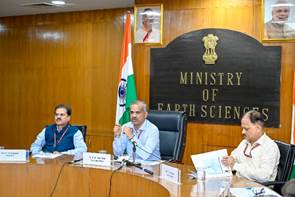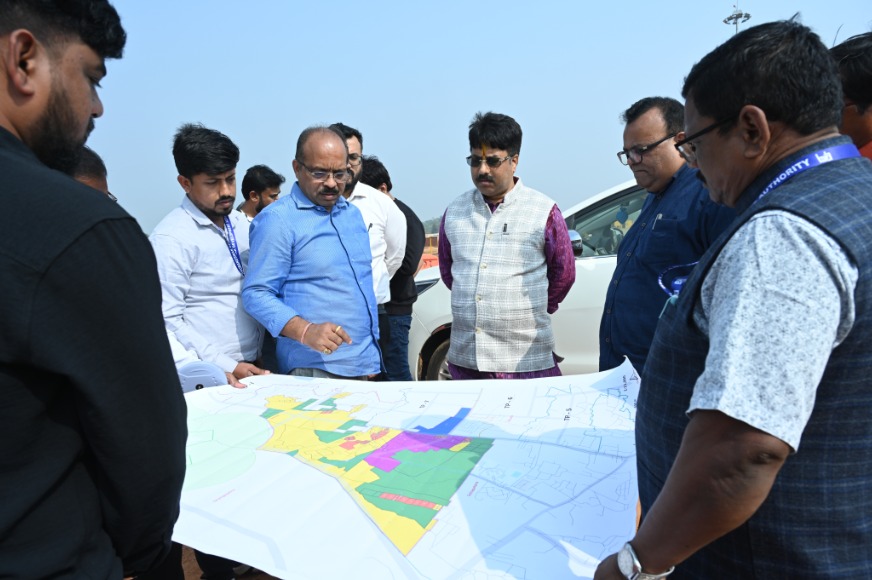New Delhi: To making India a ‘Weather Ready’ and ‘Climate Smart’ nation, the Ministry of Earth Sciences (MoES) organized a national-level press interaction at Prithvi Bhavan, New Delhi, to introduce the ambitious Mission Mausam. The mission, approved by the Union Cabinet on September 11, 2024, comes with a budget outlay of ₹2,000 crores over the next two years, and aims to exponentially improve India’s weather forecasting and climate management capabilities.
Dr. M. Ravichandran, Secretary, MoES, led the press briefing alongside Dr. Mritunjay Mohapatra, Director General of the India Meteorological Department (IMD), and Dr. V.S. Prasad, Head of the National Centre for Medium-Range Weather Forecasting (NCMRWF). Together, they outlined the multifaceted objectives of Mission Mausam, which will be implemented from 2024 to 2026.
At the heart of Mission Mausam is the goal to mitigate the effects of climate change and extreme weather events while building community resilience. It focuses on deploying cutting-edge weather surveillance technologies and high-resolution atmospheric observation systems across India. Among its primary objectives are:
- The installation of 50 Doppler Weather Radars (DWR), 60 Radio Sonde/Radio Wind (RS/RW) stations, 100 disdrometers, 10 Wind Profilers, 25 radiometers, 1 urban testbed, 1 process testbed, 1 ocean research station, and 10 marine automatic weather stations.
- The implementation of advanced next-generation radars, satellites with enhanced instrument payloads, and the utilization of high-performance computing systems.
- Improvement in earth system models and weather prediction capabilities through the integration of artificial intelligence (AI) and machine learning (ML) technologies.
- The establishment of state-of-the-art data dissemination systems to ensure last-mile connectivity and prompt weather services.
- Expansion of capacity-building programs to enhance India’s leadership in atmospheric sciences.
Speaking at the event, Dr. Ravichandran emphasized the transformative impact of Mission Mausam on India’s ability to manage weather-related risks. “By March 2026, we are targeting the installation of a wider network of radars, wind profilers, and radiometers. These advancements will significantly improve both spatial and temporal forecasts, alongside air quality data,” he said. “Through enhanced data assimilation and the fusion of physics-based models with AI/ML techniques, we aim to improve the accuracy and timeliness of weather forecasts, enabling better preparedness and response strategies.”
The Secretary also highlighted the role of the mission in expanding dissemination capabilities and building capacity across sectors. “No weather system in the country will go undetected,” Dr. Ravichandran assured, adding that the MoES will provide enhanced services for weather, climate, and natural hazards, benefiting sectors such as agriculture, energy, disaster management, and public health.
Mission Mausam will be primarily implemented by three key institutes of the MoES: the India Meteorological Department (IMD), the National Centre for Medium-Range Weather Forecasting (NCMRWF), and the Indian Institute of Tropical Meteorology. These institutions will collaborate with other MoES bodies, including the Indian National Centre for Ocean Information Services and the National Institute of Ocean Technology, as well as with national and international research institutions, academia, and industries.
By bolstering weather surveillance infrastructure, enhancing research and development in atmospheric sciences, and fostering innovation, Mission Mausam promises to elevate India’s standing as a global leader in weather and climate services.





